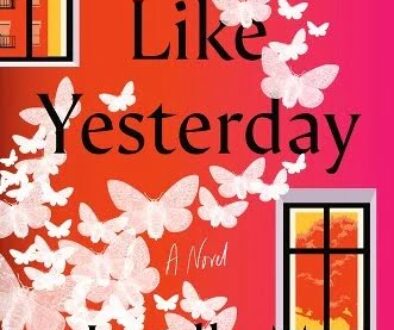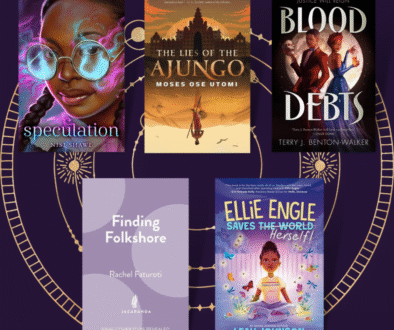The Plot Thickens: Redwood and Wildfire
Content warning: lynching, rape, minstrelsy, anti-Black brutality, homophobia, racism
The power of manifestation comes full circle in this historical fantasy that blends real lived horrors with bayou and time travel magic. From the title to character journeys, Andrea Hairston shares a world that emphasizes the role of destiny in the choices that lead to divergent destinations.
Redwood and Wildfire is not a book for the unready. Set in early-1900s rural Georgia, the first scene readers encounter is a family fleeing from an impending lynching only to see the reverbrations of this brutality for the rest of the story. One of the primary protagonists, Redwood, is a conjure woman who descends from a line of conjure women—who all have untimely deaths. After the death of her mother, Redwood relies on holding her memory for her younger sister who is a toddler at the time of the death and has her older brother to contextualize what happened to their family. The three siblings are lucky enough to grow up with an aunt and uncle who take them in but the community still resists getting close to the eccentric Redwood who never hides her affinity for magic. Her inability to fit into the religiousness of the community leads her to wander on her own frequently and she garners a strong friendship with Aiden, a white and Seminole man who escapes to the swamps to deal with his trauma. Over the course of the story we see the ways in which Southern society has always maintained dependence between Black and white communities and the toll this has on the safety of Black families. Since Aiden is frequently caught in the middle, he often toes the line between the protection of Redwood and her family and failure to stand up to the malicious powers that be. As Redwood grows into her own, she learns to resist looking for help from others and using her repressed powers. After she is raped, she loses her faith in using magic to solve her problems and hides herself in the personas she develops as a vaudeville performer. As she makes her way to Chicago, we see her lose and gain more components of herself—from deciding to don blackface on a regular basis to make a check, to working to produce a Black-owned production. Her journey personifies the moral dilemma behind trying to be successful and Black in a white supremacist society.
As a lover of historical fiction and fantasy—especially those that shine a light on Black folk—Redwood and Wildfire ticks a lot of my interest boxes. There are several plot points including the only representation of a queer relationship in the book, along with the misogyny, racism, and patriarchy displayed in this story that read as true to the period yet very harsh for readers who look for loving relationships in their stories. You leave this book feeling like every character is deeply flawed and honestly may not have a favorite character, which is something that seems intentional by the author. Having a background in theater study herself, Andrea Hairston has given us an idea of why BIPOC actors participated in their own minstrelsy at the turn of the 20th century.



